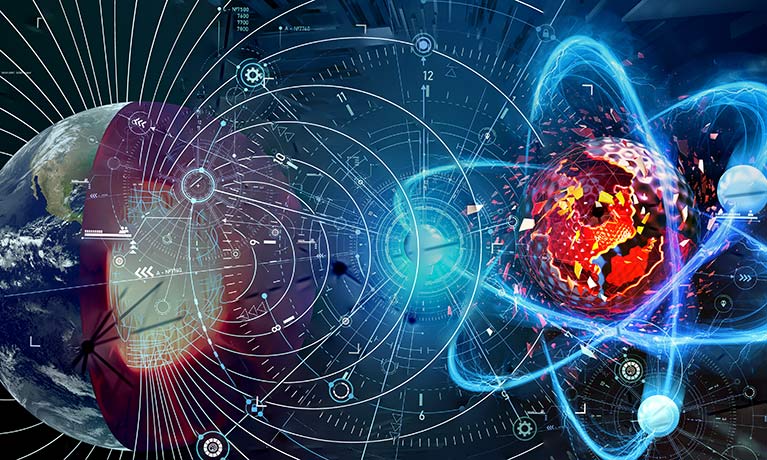Search
Magnificent Maths and Phenomenal Physics Event: Open Day

We’re sorry.
This event has ended.
See our upcoming events.
Saturday 18 March 2023
10:00 AM - 04:00 PM
Location
Ever wondered what maths and physics researchers really do? Interested to see how science at Coventry University is changing lives? If so, then our magnificent maths and phenomenal physics event is for you.
The event sees Coventry University’s research Centre for Fluid and Complex Systems (FCS) open its doors to the general public for the first time, with experiments, science shows, talks, and more.
Visitors can observe the “little earth” experiment, understand how we predict storms and weather patterns, get a glimpse into the revolution of quantum computing, and the mathematics of social interactions
Anyone with a passion for science is welcome (Recommended Age 12+). Come and meet our scientists and explore the world through their eyes for one day only.
Feel free to drop in at any point during the day to explore the world of maths and physics. Find out more about travelling to FCS.
Session details
Experts will be delivering various demonstrations open to all throughout the day, including:




